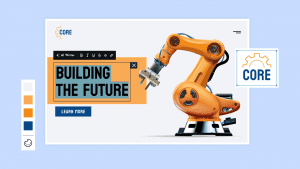Key takeaways:
- Knowing your target audience and niche allows you to create relevant, engaging, and valuable content that resonates.
- Organize your blogs with readability, functionality, and design in mind to keep readers engaged. Create quality, consistent content.
- Balance evergreen posts with trending topics to make your articles engaging, actionable, and easy to read.
Blogging in 2025 is a far cry from the early days of online journaling. Today’s most successful blogs combine a strong personal voice with smart design, clear structure, and a focused niche that attracts the right audience. Many also weave in monetization strategies, turning their platform into both a creative outlet and a business opportunity.
If you’re planning to start a blog this year, the good news is you don’t have to venture into unchartered territory. There are plenty of exceptional blogs from different industries that serve as practical examples, so you can see what’s working now and learn how to apply the strategies they use to your own site.
In this article, we’ll explore real-world blog examples, break down the traits that make them effective, and share how you can build one that connects with readers and stands out in today’s online space.
What is a blog?
A blog is an online platform where content is regularly published in the form of written articles, often referred to as “posts.” The term “blog” comes from “weblog,” which refers to an online log of thoughts and information. It’s a place for sharing ideas, information, or experiences. It covers almost any topic—from personal experiences to professional advice.
Blogs started as a place for individuals to share personal experiences and opinions. Over time, they have evolved into powerful tools for helping businesses succeed. Many blogs today combine strong writing with strategic design, search engine optimization (SEO) practices, and monetization methods to build a brand, attract clients, and generate income.
What inspiring blogs are worth following?
Looking for inspiration for your own blog? Seeing how other creators structure their content and engage their audience can be eye-opening. Let’s explore 15 successful blogs across different industries.
Personal & and lifestyle blogs
Lifestyle and personal blogs show the power of relatable storytelling. These blogs often blend personal experiences with practical advice, creating a strong connection with readers. Let’s see how some of the most successful ones achieve this.
1. Cup of Jo – Lifestyle and personal
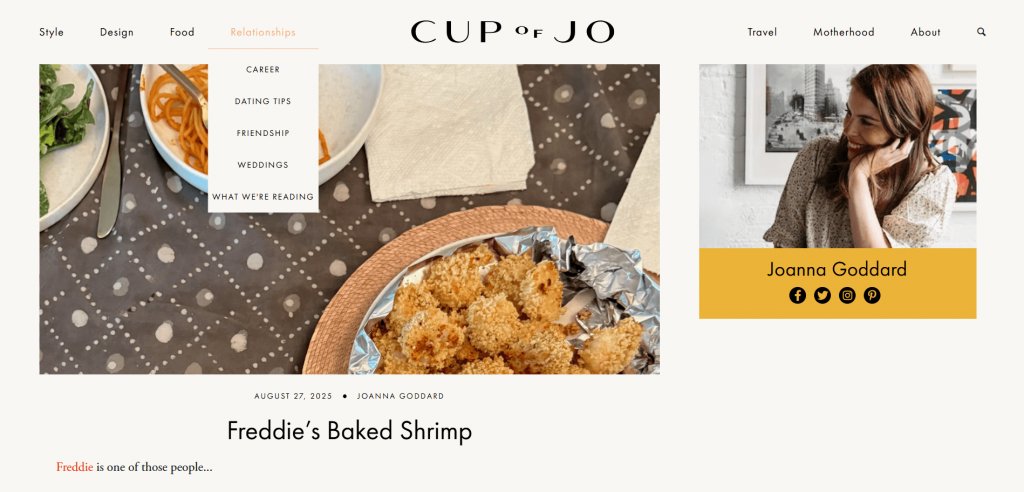
Cup of Jo covers parenting, lifestyle, and relationships with a warm, relatable voice. Reading this blog feels like chatting with a friend. Posts are personal and honest, which naturally draws readers in. The layout is simple and easy to follow, so the stories and tips don’t get lost in clutter. It doesn’t have aggressive ads and maintains a subtle, reader-first approach.
What can you learn from this blog: If you want to follow in Joanna’s footsteps, consider your blog as a conversation with your reader. Share personal stories that connect emotionally and keep the design clean, so your content remains the star.
2. Zen Habits – Mindfulness and productivity
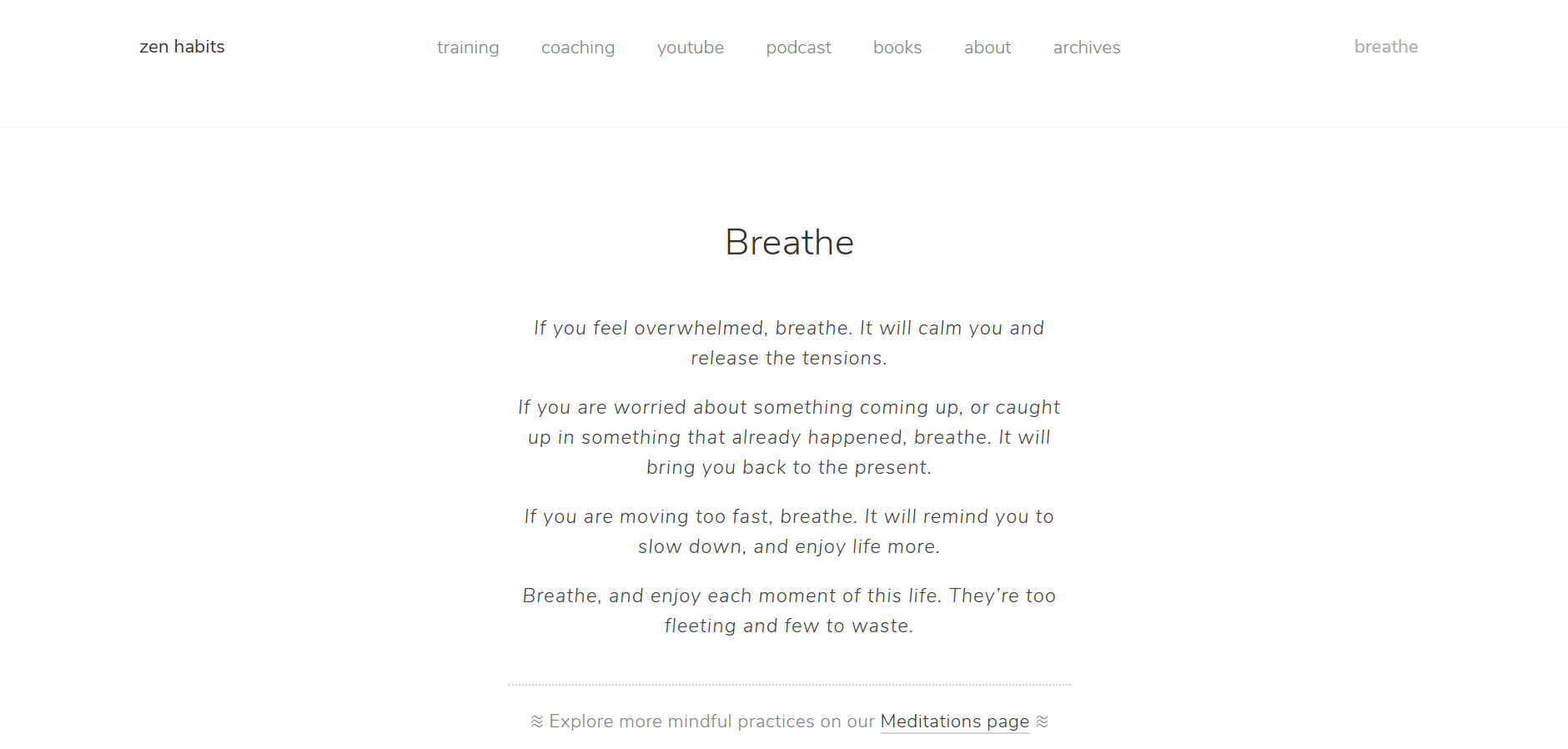
This blog takes a minimalist approach to mindfulness and personal growth. The design mirrors the content—clean, calm, and uncluttered. Each post sticks to a core message and avoids filler, which is important in a world where plenty of distractions are fighting for the reader’s attention.
What can you learn from this blog: Align your content and design to reinforce your blog’s identity. Focus on clear communication, simple presentation, and practical advice.
Niche blogs
Niche blogs prove that depth beats breadth. Focusing on a specific subject, they establish expertise and authority and provide readers with relevant content. Let’s explore how top niche bloggers do it.
3. Young Adventuress – Travel

In Young Adventuress, blogger Liz combines honest travel stories with practical tips and guides. She blogs about her personal struggles and adventure stories with actionable advice, making it both entertaining and useful. Readers learn from someone’s real experiences, not just a guidebook.
What you can learn from this blog: Mix storytelling with clear, practical guidance. Make it easy for your readers to apply your advice in their own lives, and don’t shy away from showing the human side of your niche.
4. Pretty Handy Girl – DIY and home improvement
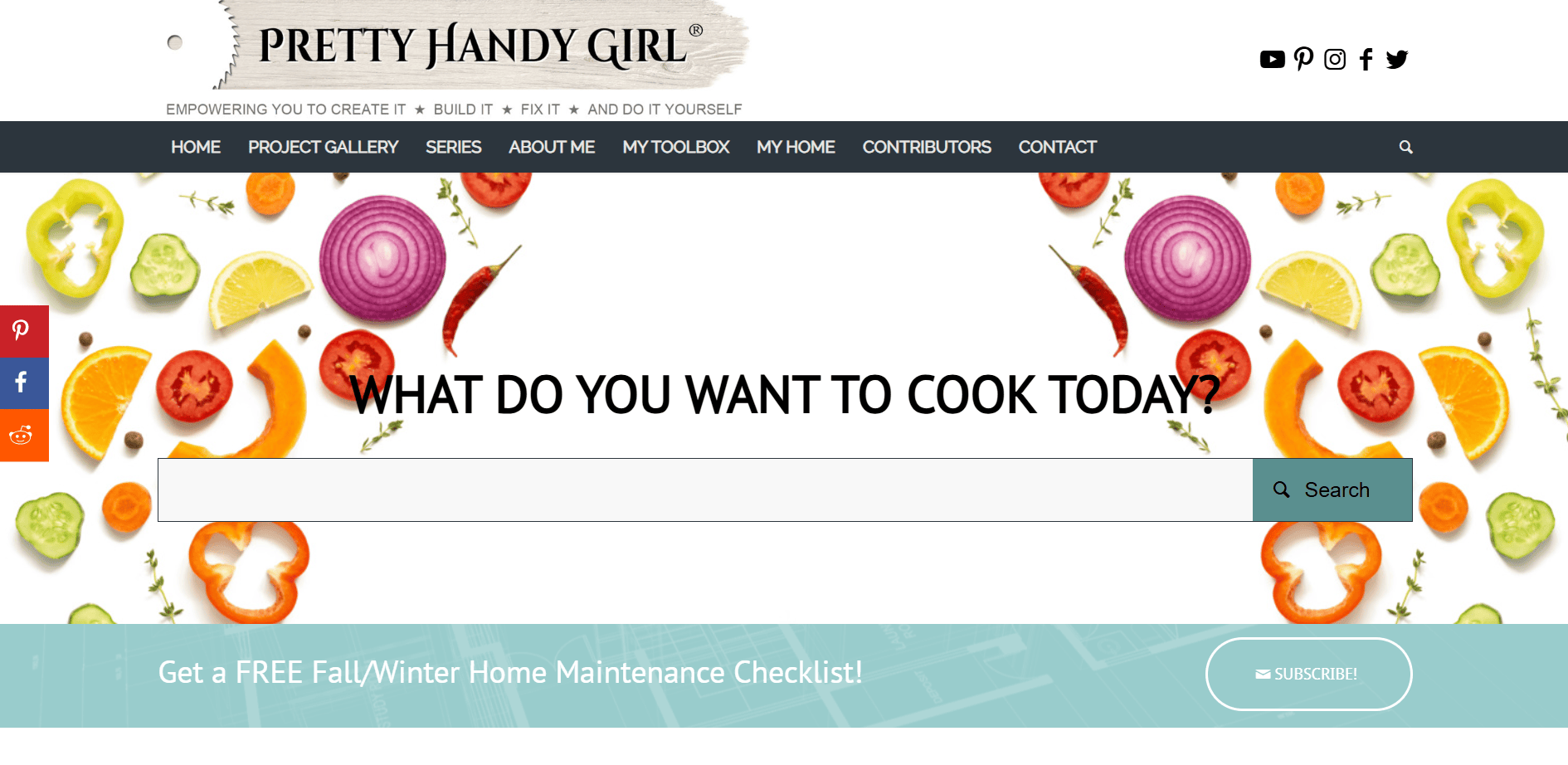
Pretty Handy Girl’s step-by-step, beginner-friendly DIY posts are structured logically with images supporting each step. The blog also engages readers by featuring seasonal ideas and user contributions.
What can you learn from this blog: For a skill-based niche, understand your audience’s skill level and design your content in a way they can easily follow your guide.
5. Minimalist Baker – Food and recipes
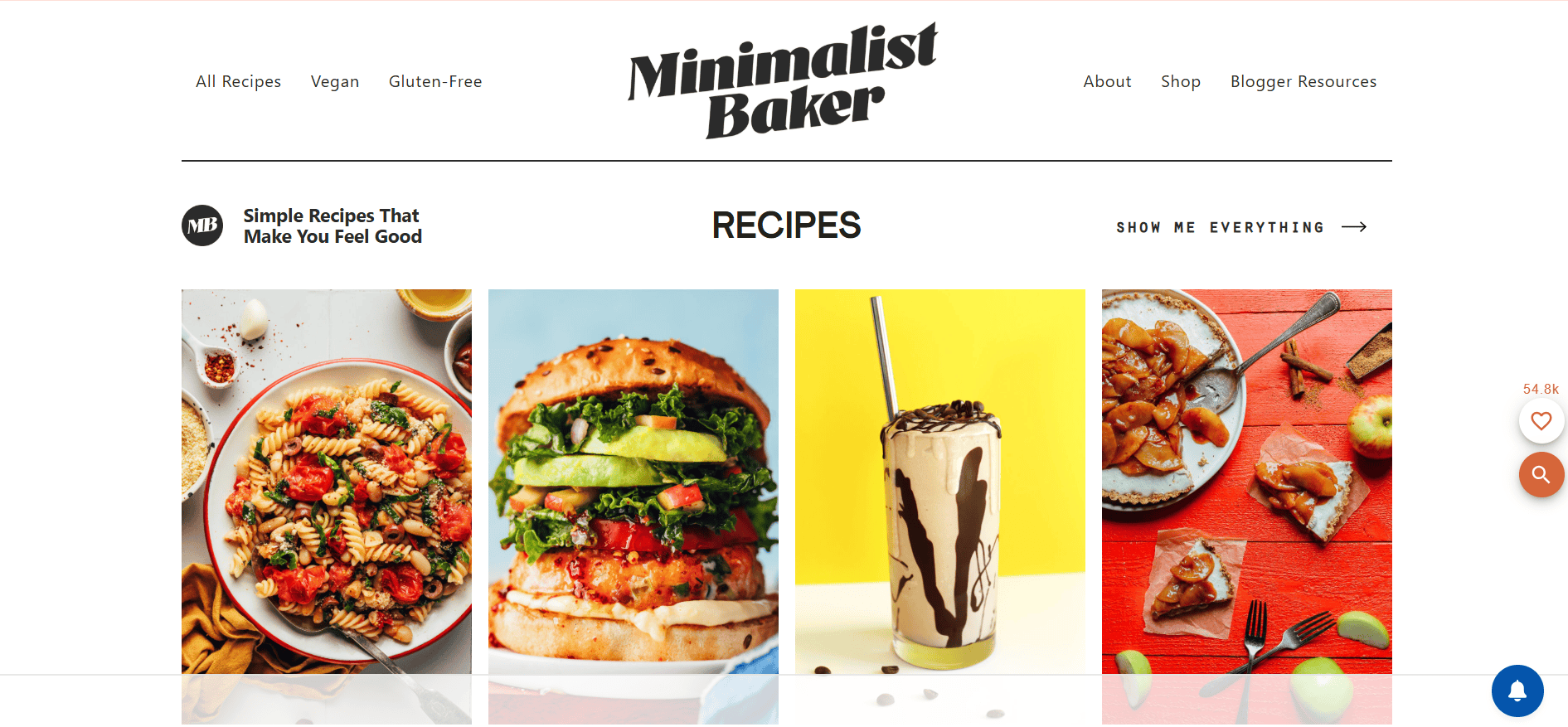
Minimalist Baker blogs about simple, accessible recipes that are easy to go through and follow. They also have visuals with each step of the process to guide the reader. The blog’s clean design and thoughtful categorization make it easy for readers to find exactly what they need.
What can you learn from this blog: Clear categorization, helpful visuals, and straightforward instructions. Don’t waste your visitors’ time and keep them engaged throughout the content.
Business, marketing, and finance blogs
Business, marketing, and finance blogs offer valuable lessons on balancing content with strategy. These blogs focus on actionable advice, often monetized through products or services. Here’s how they manage the mix.
6. My Wife Quit Her Job – Entrepreneurship

This blog focuses on helping entrepreneurs start and grow their online businesses. The content is relatable, packed with tips and success stories that inspire and educate. Internal linking is smartly done to connect readers to related posts. Monetization is done primarily through selling digital products like eBooks and courses.
What can you learn from this blog: Use internal links to guide readers deeper into your content, helping them find related topics while keeping them on your site longer. Combine valuable advice with monetizable products to turn your blog into a business asset.
7. The Penny Hoarder – Personal finance
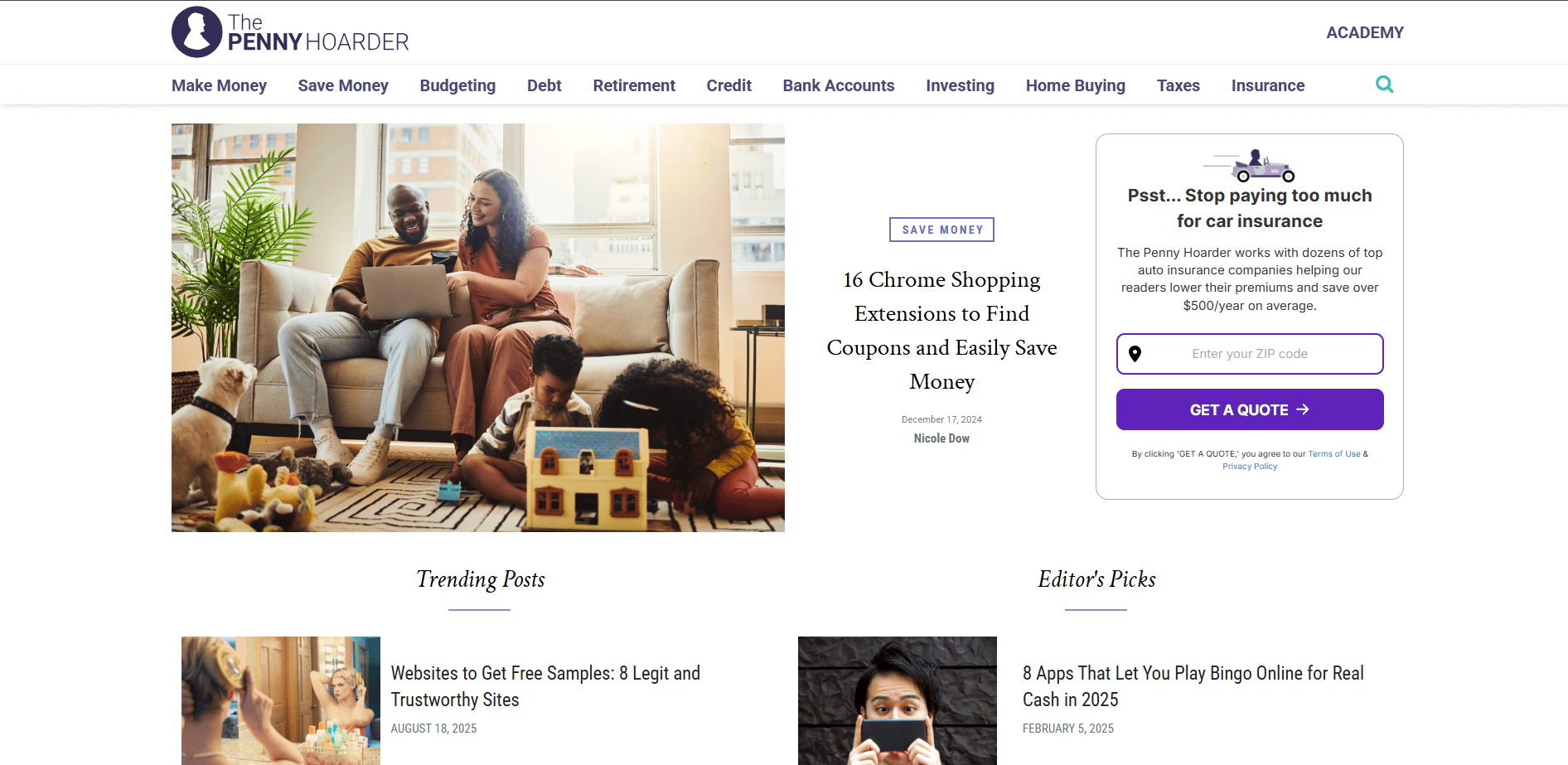
The Penny Hoarder is a personal finance blog focused on practical money-saving tips and side hustle opportunities. The blog excels at social media engagement, with a strong presence on platforms like Facebook and Instagram to promote posts and connect with readers. The content is SEO-friendly and internally linked to guide users to related financial topics, creating a robust content ecosystem.
What can you learn from this blog: Grow your reach by leveraging social media to drive traffic to your blog and use external links to guide visitors to your site’s valuable content.
8. Copyblogger – Copywriting and content marketing

Copyblogger offers in-depth advice on writing and online marketing. The blog features well-organized categories, clear menus, and a focused layout, so users find guides, tutorials, and tips without friction. Internal linking guides readers to deeper tutorials and related articles, improving engagement and time on site. Monetization includes premium membership content that provides more valuable information than the rest of the blog.
What can you learn from this blog: Use logical site structure and linking to encourage readers to explore more. Monetization works best when it enhances the value you provide.
9. Ryan Robinson (RyRob) – Online business and blogging tips
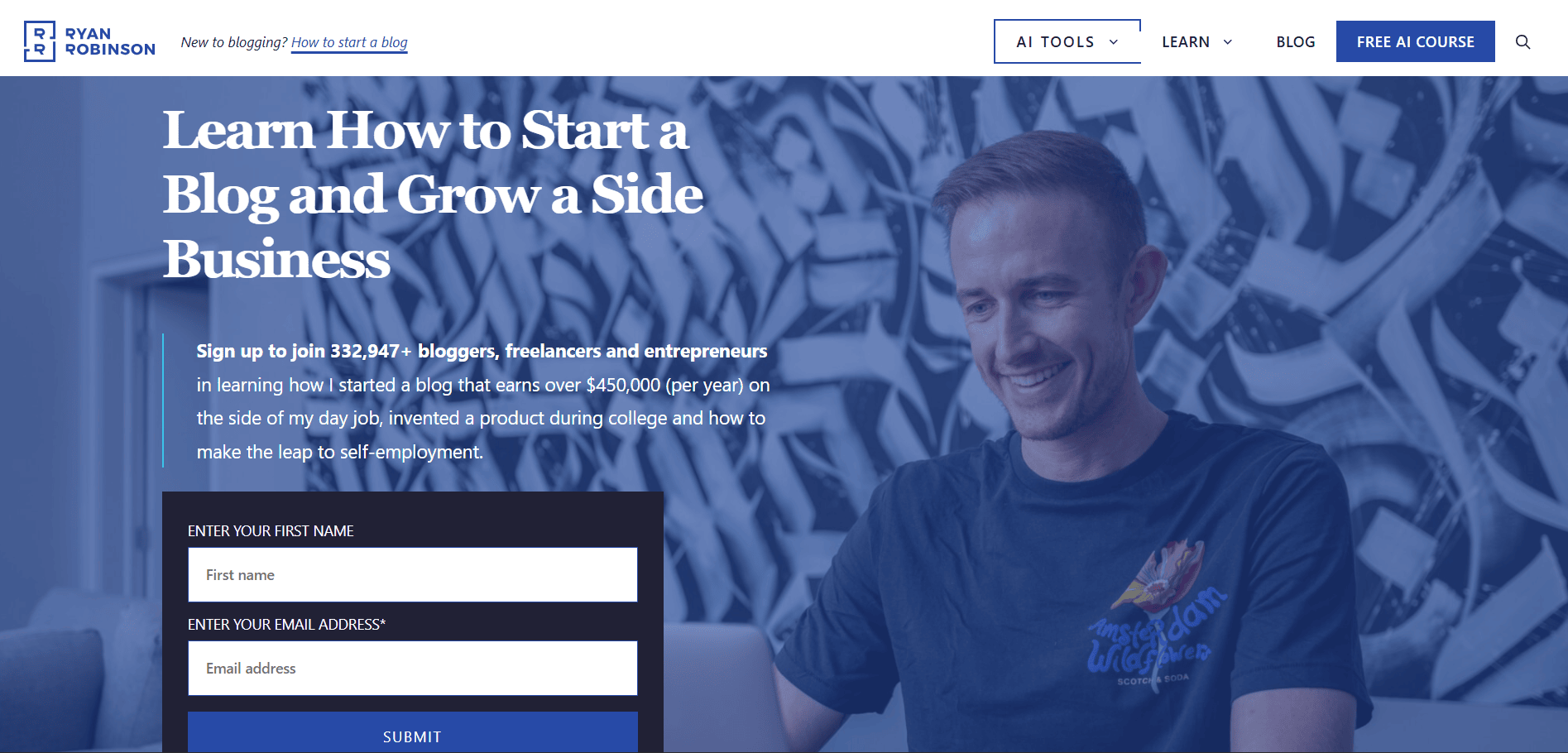
RyRob provides advice on building a successful online business and blogging strategies. The blog builds trust through a strong social media presence and consistent blog updates. Its clear, actionable, and strategically linked content complemented by headers and images captures and retains attention.
What can you learn from this blog: Use internal linking wisely to guide readers through related content and make your blog more navigable. Pair clear, actionable writing with visual elements to keep readers engaged and make your advice easy to follow.
Educational and tech blogs
Education and tech blogs thrive on offering specialized, up-to-date knowledge, whether about new tools, coding tips, or industry trends. These blogs often monetize through affiliate marketing, premium content, or sponsorships. Let’s take a look at a few examples.
10. TechCrunch – Technology news

This blog is a go-to source for the latest in tech news, startup insights, and industry trends. TechCrunch does a great job with social media engagement, regularly sharing breaking news and articles on platforms like Twitter and LinkedIn, creating a dynamic community around their content. The site uses modular design with clear categories, featured stories, and a structured homepage, making it easy to scan content.
What can you learn from this blog: Promote your content on social media to build momentum around new posts. Structure your site clearly with categories, featured stories, and a scannable layout so readers can quickly find the information they’re looking for.
11. HowStuffWorks – Educational content
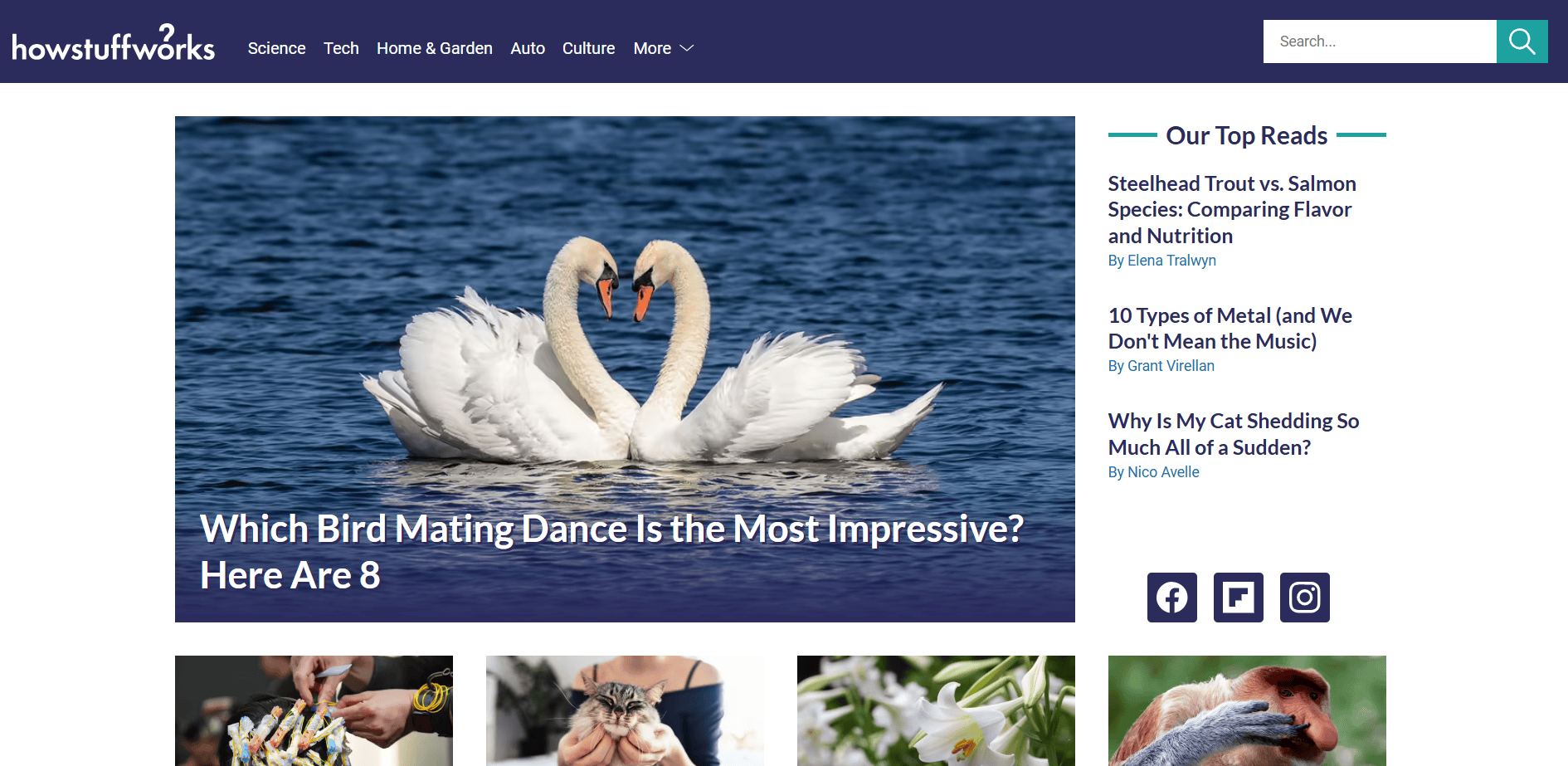
HowStuffWorks expertly explains complex topics in a straightforward, easily digestible format. It’s clear how much research goes into each article. It comes with well-structured posts that come with headings, multimedia elements, and thematic sliders, capturing readers’ interests. They use ads sparingly, allowing content to remain educational and engaging.
What can you learn from this blog: Focus on clarity and structure in your content. Use headings, visuals, and thoughtful layouts to make complex topics easy to understand, while keeping monetization subtle so it doesn’t distract from the reader experience.
Art, design, and visual blogs
Art and design blogs showcase creativity and visual appeal. They offer inspiration, tutorials, and critiques, and often monetize through product sales or premium content. Let’s dive into how these blogs turn creativity into a business.
12. Apartment Therapy – Interior design
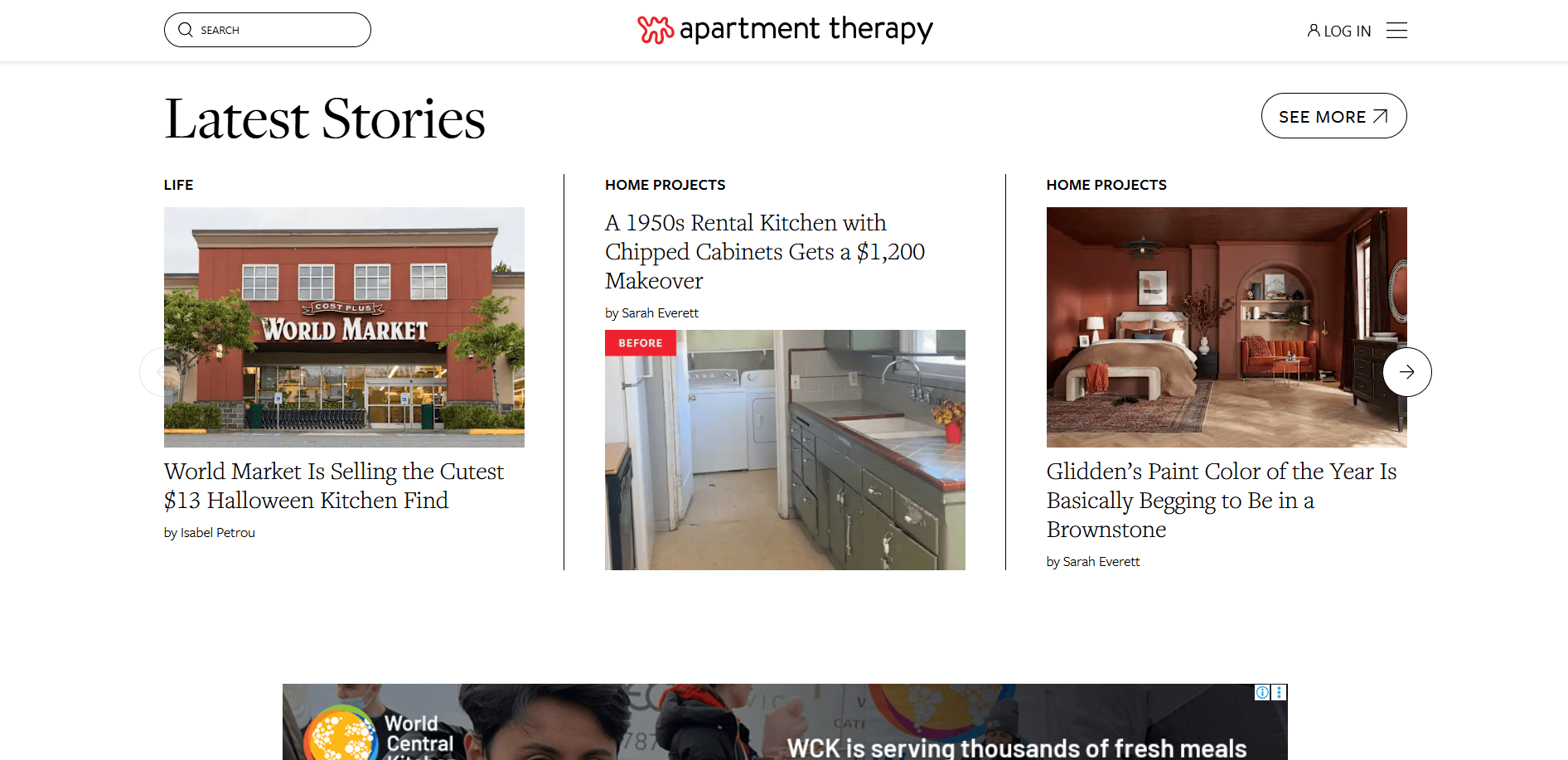
Apartment Therapy blogs about home design, decor inspiration, and DIY projects. The blog’s design is an excellent reflection of its content—visually appealing with easy-to-navigate layouts. The site uses a mega menu and category-rich structure, making it easy to browse by room type, style, or project.
Featured images and a clean layout guide the visitor through visual content without overwhelming them. Social media links are subtly embedded at the end of articles, encouraging readers to share inspiration on Pinterest and Instagram.
What can you learn from this blog: Structure your content around clear categories and use compelling visuals to guide readers through your blog. Integrate social sharing into visually driven platforms to amplify reach.
13. Abduzeedo – Design inspiration
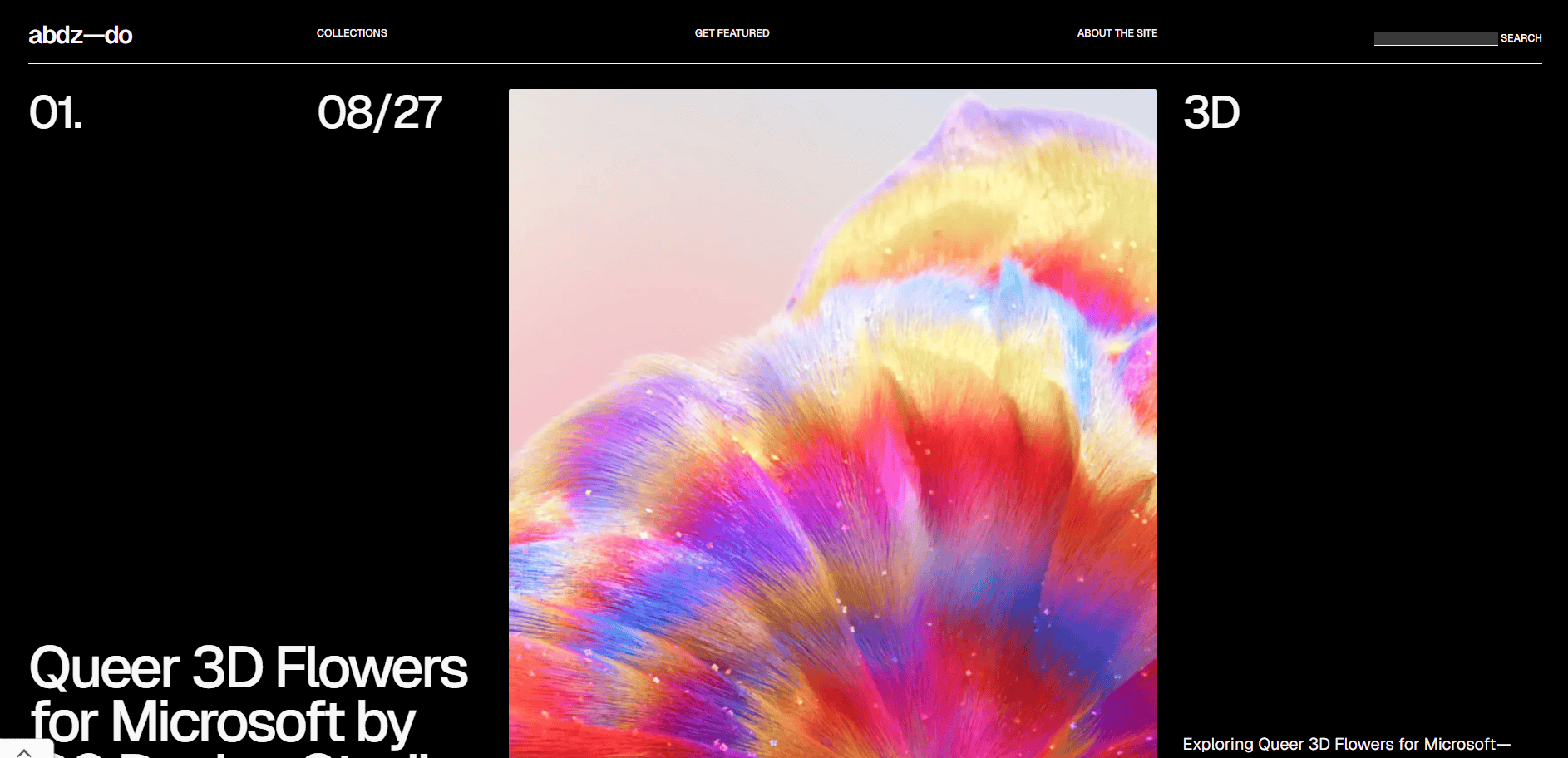
Abduzeedo features bold visuals and a dual-scroll design that balances editorial content with featured projects. Articles are concise but supported by large images, helping readers scan for inspiration quickly.
What can you learn from this blog: Highlight your visuals prominently and support them with clear, scannable content.
14. Colossal – Visual art and photography
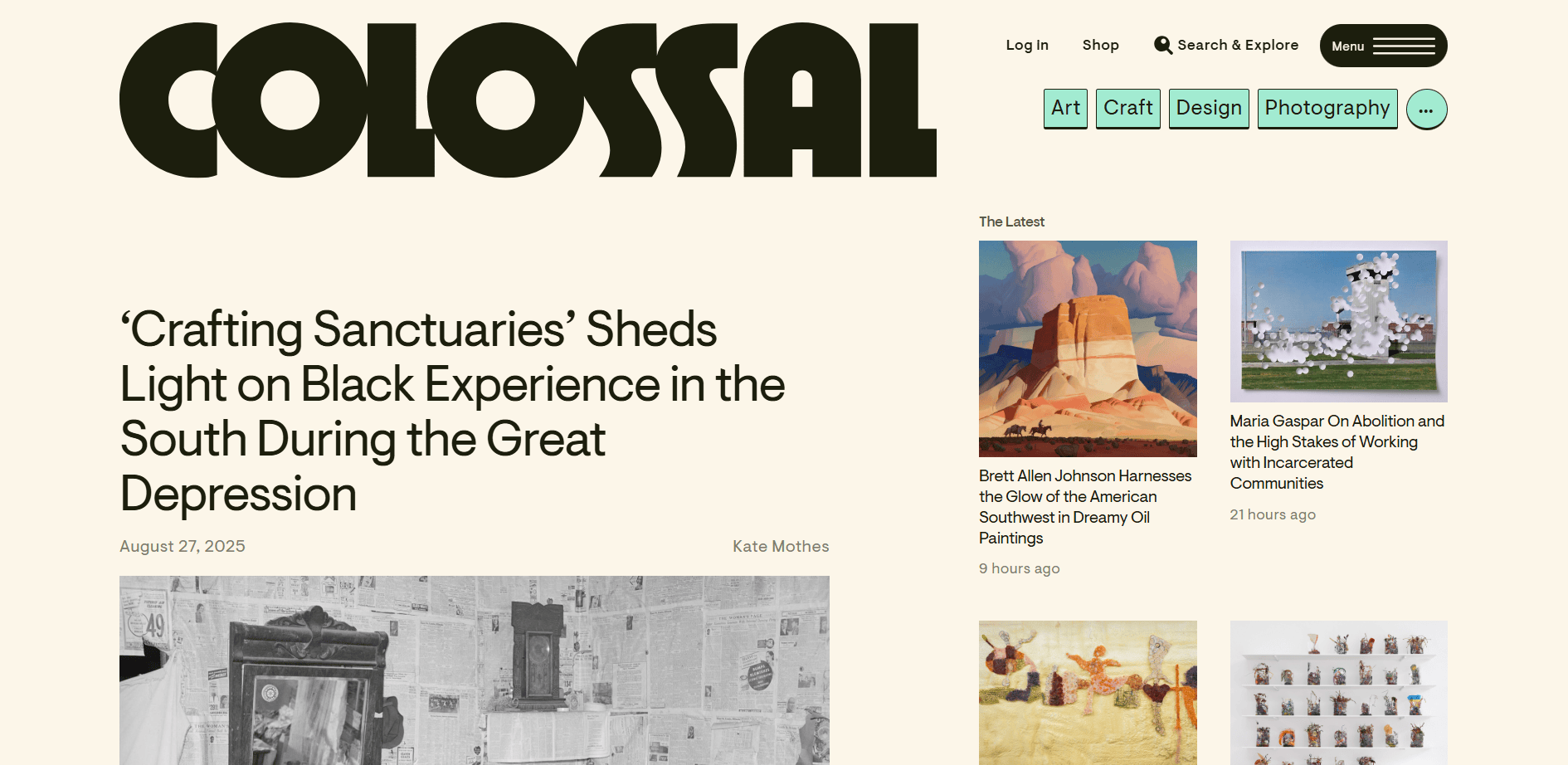
This blog features photography, visual art, and design stories with a strong emphasis on stunning visuals. Colossal’s layout showcases beautiful, full-screen images that are visually captivating. Each post has social sharing features that allow readers to repost the blogs they find interesting to their own social media accounts.
What can you learn from this blog: Let your content presentation reflect your niche. If visuals are the core of your content, use a site structure that puts them at the center stage. Embedding social content can enrich user experience and extend your blog’s reach.
15. The New Yorker – Art and cultural commentary
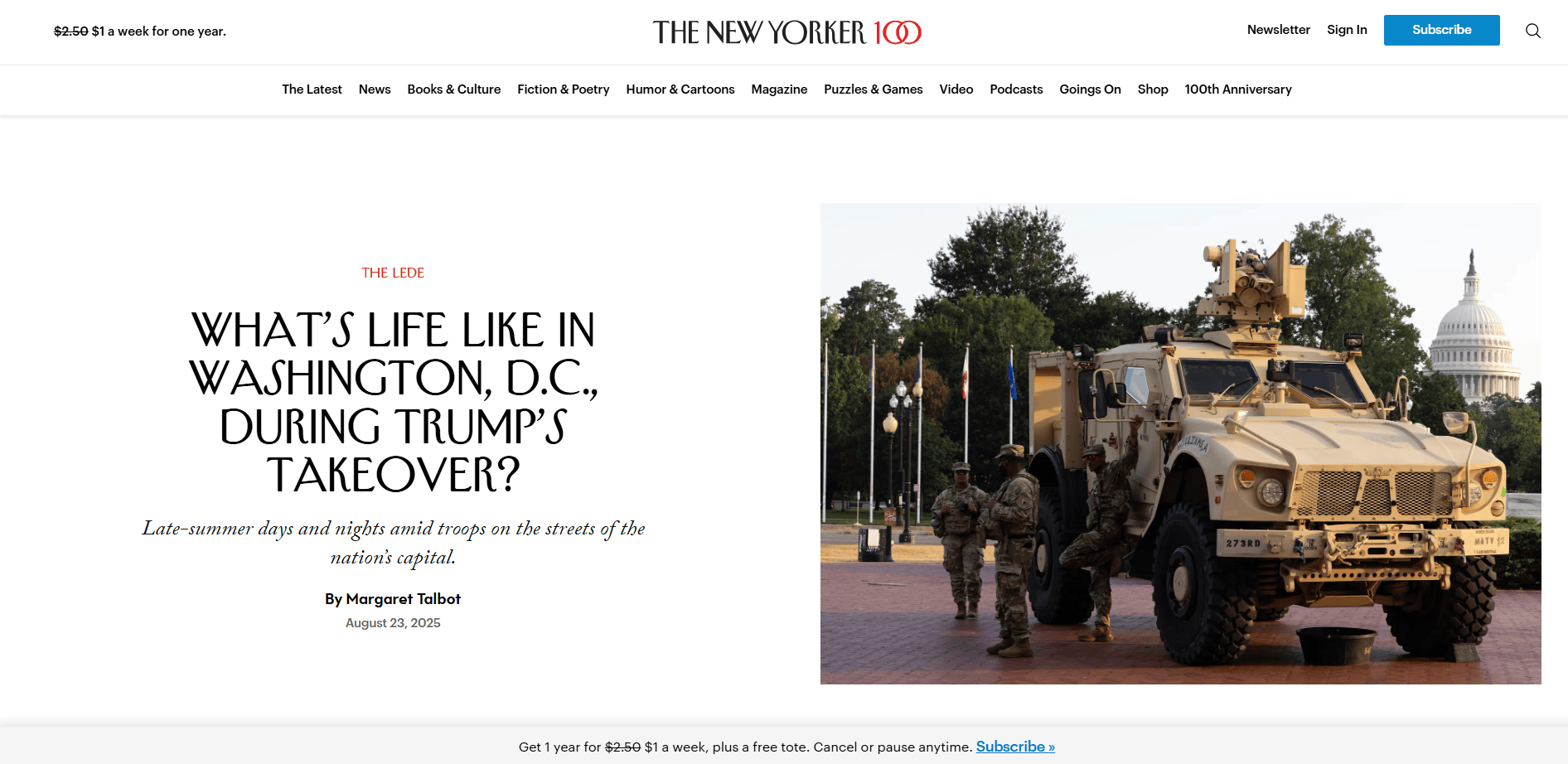
The New Yorker is more of a magazine publication than a mere blog site. But its content organization and editorial standards can teach you how to structure and maintain a high-quality, authoritative website.
This site offers a mix of cultural commentary, art features, and essays. The site’s structure and design complement its content, allowing for easy reading of long-form articles. Social media promotion and internal links help draw in engaged readers through related pieces. Its monetization relies on subscriptions and sponsored content.
What can you learn from this blog: Focus on building a clear content structure and maintaining high editorial standards. Consider multiple ways to engage your audience, whether through social media or subscription options. Strive to create a blog that feels both professional and reader-friendly.
Key traits of successful blogs
Successful blogs share several key traits that help them stand out in a competitive online environment. Here’s what they have that makes them successful:
- Compelling content that solves problems
- Consistency
- Audience-centric focus
- Visually appealing with user-friendly design
- Strong SEO
- Emotional connection and storytelling
Compelling content that solves problems
Successful blogs have content that provides real value to readers. They focus on solving problems or offering insightful perspectives that cater to their audience’s needs. Genuinely useful content keeps readers coming for more, providing value that builds trust over time. This helps strengthen the relationship with its readers.
Consistency
A successful blog is consistent in its posting schedule. Aside from keeping the blog fresh, keeping a consistent upload schedule builds trust, as readers know when to expect new content. This consistency also applies to the quality of the content, which should remain relevant to meet audience expectations.
Audience-centric focus
Successful blogs understand their audience at a deeper level. They know what their readers care about, the problems they face, and the questions they want answered. Every piece of content is crafted with this audience in mind, making sure it’s as relevant and engaging as possible.
Blogs that cater to their audience’s interests build stronger, more meaningful connections. When readers feel like the content speaks directly to them, they’re more likely to trust the blog, share its content, and return for more.
Visually appealing with user-friendly design
Great content deserves a great design. Successful blogs incorporate clean, intuitive layouts that enhance the reading experience. This includes easy-to-read fonts, high-quality images, and streamlined navigation. The design not only focuses on the aesthetics but also ensures the blog delivers an exceptional user experience.
Strong SEO
A successful blog doesn’t rely solely on direct traffic or word-of-mouth; it actively works to be discoverable through search engines. By implementing effective SEO strategies, such as keyword optimization, internal linking, and creating relevant content, a blog can attract organic traffic that converts into a loyal audience.
Without good SEO, even the most well-written blog may remain hidden.
Emotional connection and storytelling
Blogs that connect emotionally with their audience are more likely to build lasting relationships. Sprinkle personal anecdotes, humor, or genuine insights into your writing to make your content more relatable, creating a deeper connection with your readers.
Humans are wired for stories. When a blog tells a compelling narrative, it draws readers in, sparks their imagination, and keeps them engaged.
How to build your own blog
With the right tools and planning, you can set up a platform that shares your ideas and reaches the right people. This guide will help you, whether you’re starting fresh or revamping an existing one.
- Choose your niche.
- Pick a blogging platform.
- Select a domain name and hosting.
- Design your blog.
- Create quality content.
- Optimize for SEO.
- Promote your blog.
- Track performance with analytics.
1. Choose your niche
Define your niche first before designing your blog or writing content. What will your blog focus on? Is it a personal, business, or educational blog? Your niche will help shape the direction of your content and your SEO efforts. A focused blog also attracts the right audience that appreciates what you offer.
2. Pick a blogging platform
The next step is to choose a reliable platform for your blog. One option to consider is Network Solutions, which provides a platform to get your blog up and running with an easy-to-use website builder with a blog posting feature and reliable hosting. It’s an ideal choice for those who want a hassle-free setup with solid support along the way.
WordPress is another popular platform, offering extensive control over design, customization, and functionality. It’s ideal if you’re looking to tailor your blog down to the smallest details.
3. Select a domain name and hosting
Your domain name is your blog’s web address (e.g., www.yourblog.com). Picking a memorable domain that reflects your niche helps establish your blog’s identity. Once you’ve chosen a domain, you’ll need hosting to store your blog’s content and make it accessible online.
Choose a reliable hosting service provider with great customer support. Network Solutions is a solid option. It offers both domain registration and web hosting services, all backed by expert support 24/7.
4. Design your blog
Design makes your blog attractive and user-friendly. Most blogging platforms, like Network Solutions, offer themes that you can customize, so you don’t need to be an experienced designer to create a visually appealing blog.
Make sure your blog has a readable layout, with clear navigation and enough white space to avoid overwhelming readers. Focus on simplicity. A clutter-free, organized design helps readers focus on your content rather than getting distracted by unnecessary elements.
5. Create quality content
Content is the foundation of any successful blog. To create quality content, you need to start by understanding your audience—what they care about, what problems they’re trying to solve, and what questions they’re asking. Craft your content around these insights, making sure it provides real value and speaks directly to their needs.
Don’t just aim for surface-level content. Instead, create posts that are well-researched and engaging offering depth and addressing topics thoroughly.
The best blogs balance evergreen content with trending topics that give you the chance to capture current interest.
6. Optimize for SEO
SEO helps increase your blog’s discoverability on search engines. Here’s how you can strengthen your blog’s SEO performance:
- Research and optimize your keywords. Find the terms your audience is searching for and incorporate them naturally into your content.
- Craft clear, compelling titles and meta descriptions. These elements are key to driving clicks from search results.
- Use internal and external links. Link to other relevant pages on your site and credible external sources to strengthen content authority.
- Ensure mobile optimization. With more readers using mobile devices, make sure your site is responsive and loads quickly for a better user experience.
7. Promote your blog
Finally, to grow your audience, you’ll need to promote your blog. This can be done through social media, email marketing, guest posting, or by partnering with other bloggers in your niche. Promoting your content regularly will help you build a loyal following and increase traffic to your site.
8. Track performance with analytics
Once your blog is up and running, tracking its performance is essential for long-term success. Analytics tools (like Google Analytics) provide valuable insights into how visitors interact with your site. These tools help you monitor traffic sources, user behavior, and audience demographics, allowing you to understand where your readers come from, what content they engage with most, and how they navigate your blog.
By regularly reviewing this data, you can refine your strategy, improve user experience, and ensure your blog continues to meet the needs of your audience. Think of analytics as your blog’s feedback loop: the more you listen, the better you can grow.
We covered this section in greater detail in How to Start a Blog: From Passion to Profitable Venture.
Build a blog that grows with you
Starting a blog today is about creating a space that reflects your voice, engages your audience, and grows with your goals. Your every decision matters, from picking the right niche and crafting quality content to structuring your site for easy navigation.
If you’re ready to turn your blog idea into a reality, Network Solutions can help. We offer an easy-to-use website builder that includes a dedicated blog function with an AI writing assistant to help you create content faster and built-in SEO settings to optimize your posts. Combined with reliable web hosting and custom domains, you can focus on sharing your ideas while we handle the heavy lifting.
Get started today and build a blog that stands out and grows with you.
Frequently asked questions
Yes. Blogs can earn through ads, affiliate links, products, or services. Examples include The Penny Hoarder and Making Sense of Cents, which share income transparency, and Create and Go, which monetizes through courses and affiliates.
Yes, if you stay consistent. Regular posting helps build an audience more than frequent but irregular updates.
Lifestyle and personal blogs remain popular, but niche blogs that provide clear value can perform equally well.
Focus on your interests, expertise, and what your audience wants to learn. A clear niche makes it easier to grow and monetize.
Not necessarily. Platforms like Network Solutions’ website builder let you set up a blog without coding, while still offering flexibility if you want to customize.

